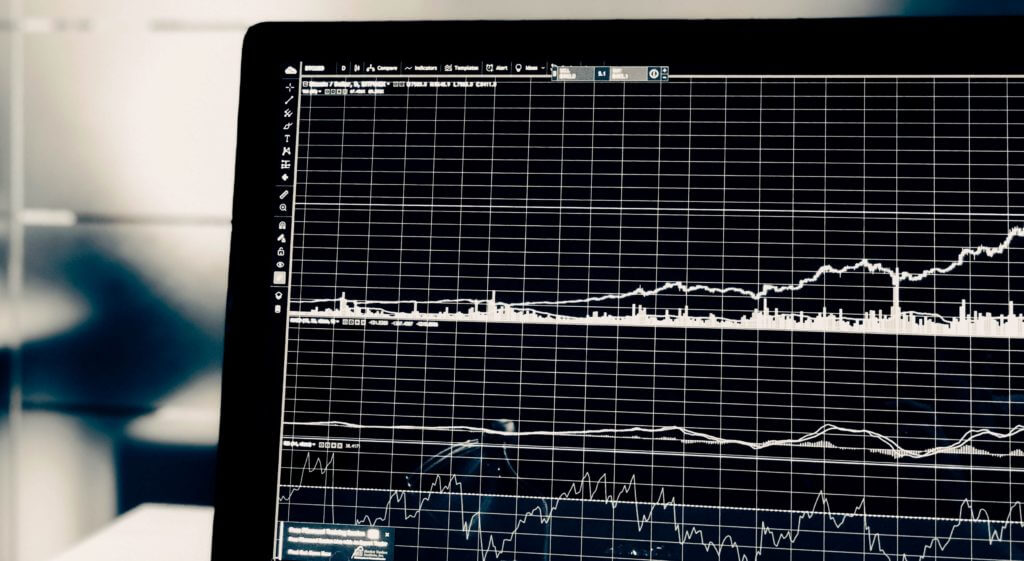Real world data (RWD) are information reported and collected from real-world medical settings. These data can show the safety and effectiveness of a medicine during clinical trials. RWD can be collected through several means, including electronic medical records ,health surveys, registries, claims databases, health-related apps which can be on mobile devices, and social media. They can be gathered from retrospective or prospective studies.
RWD may include larger and more diverse patient groups that can complement clinical trial data, which come from randomized, controlled studies evaluating pharmaceutical products in specific patient populations.
The sheer volume and diversity of data that can be collected has been increasing at an exponential rate. If we just take smartphones and wearables as an example, in 2019 it was estimated that 3.2 billion people had smartphones, while there has also been a rise in wearable technology. It is projected that in 2023, over 109 million smartwatches will be shipped worldwide. This is up from 69 million units in 2019.
According to the International Society for Pharmacoeconomics and Outcome Research (ISPOR) “clinical trial evidence remains the gold standard for evaluation of treatment efficacy. However, there is increasing interest and potential for converting RWD into real-world evidence (RWE) that, through careful analysis and interpretation, can be used to inform healthcare decision making.”
Non-interventional studies are a key method in gathering this type of real-world evidence as it is considered more naturalistic and helps give an unbiased view of real-world outcomes.
Smartphones and wearables are good tools for collecting RWD as they are used by people of all ages, sex, ethnicity and socio-economic group. They also have the ability to quietly and unobtrusively collect data over many days, weeks, months or even years. This reduces the need for intervention from an HCP to collect data and reduces stress and (less white coat response) inconvenience on the part of the end-user. This means that RWD is becoming important in decision-making when used in conjunction with clinical trials.
Of course, once we have collected them, what do we do with RWD? Data are only as good as the source and methodology used to analyse them, therefore study design is key. RWD analyses typically use advanced statistical methods that address potential issues with the data. A range of experts are required to effectively interpret and use the data. As the data collection from current tech is incredibly efficient, data themselves need to be analysed in real-time for them to be truly effective.
In summary, RWD can help complement clinical trial findings, explore additional research questions and help discover how a medicine is used in real-world medical settings. RWD can also be used to increase efficiency and reduce cost thus allowing organisations to gain a competitive advantage which could lead to benefits to the patient in the form of cheaper prices and an improvement in treatments.
RWD have great potential as a tool, but like any tool, they are only as good as the person who uses it.
#RealWorldData #RWD #DataCollection #DataAnalysis
Sources:
https://www.cdisc.org/standards/real-world-data
https://www.ispor.org/strategic-initiatives/real-world-evidence
http://www.pmlive.com/pharma_thought_leadership/the_importance_of_real-world_data_to_the_pharma_industry_740092
https://www.ncbi.nlm.nih.gov/pmc/articles/PMC4456898/
https://www.statista.com/statistics/330695/number-of-smartphone-users-worldwide/
http://www.pharmexec.com/growing-importance-real-world-data
